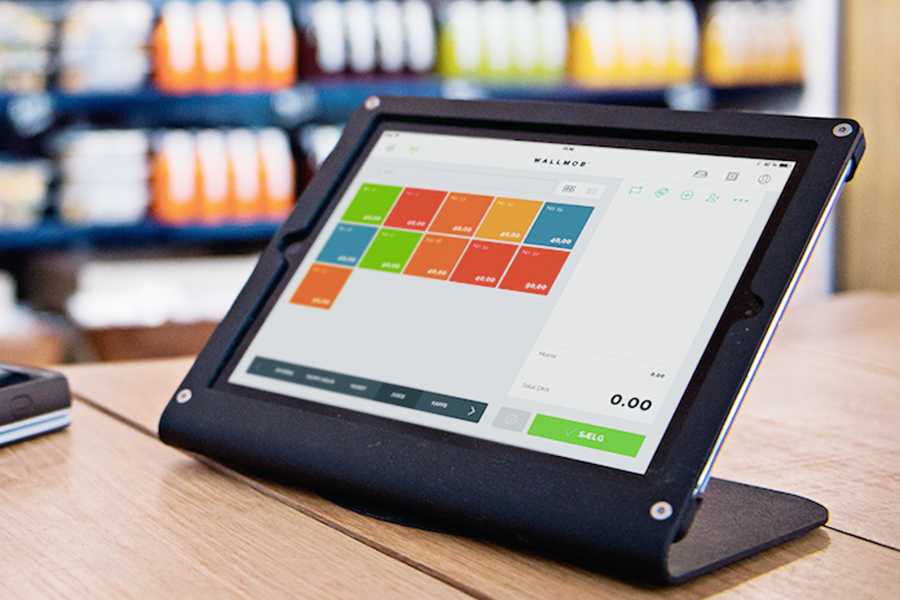
By alphacardprocess January 17, 2022
As we all know, running a successful food and beverage business can be challenging. Fortunately, there are several technologies out there to make the job a bit easier! One such technology is point of sale (POS) systems. To better serve our operators and help manage restaurants and bars more efficiently, we’ve provided this guide to POS systems. Let’s get started!
What is a POS system?
A POS system is a computerized cash register that records sales transactions. It typically includes a touch screen, barcode scanner, receipt printer, and credit card reader. The point of sale software allows you to manage your inventory, create orders, track customer information, and more.
Why do I need a POS system?
A POS system can help you manage your inventory, track sales and customer information, create orders, and more. It can also help you save time and money by automating certain tasks. For example, a POS system can automatically print receipts and labels, calculate taxes and discounts, and track employee hours.
What are the benefits of a POS system?
Some of the benefits of using a POS system include:
- Improved inventory management
- Faster and more accurate order creation
- Easier tracking of sales and customer information
- Automated receipt and label printing
- Reduced accounting and administrative costs
How does a POS system work?
A POS system typically consists of three main parts: the hardware, the software, and the back-end. The hardware is the physical components of the system, such as the touch screen, barcode scanner, receipt printer, and credit card reader. The software is the program that runs on the POS terminal and allows you to manage your inventory, create orders, track customer information, and more. The back-end is the computer system that stores all of your sales data. This can be a local computer or a cloud-based system.
What types of businesses can benefit from a POS system?
A POS system can be beneficial for any business that sells products or services. Some types of businesses that typically use POS systems are:
- Retail establishments, including clothing stores, bookstores, department stores
- Restaurants and bars
- Salons and spas
- Convenience stores and gas stations
- Casinos
How do I choose a POS system? What are my options?
There are many different types of POS systems available on the market today. The three main types of POS systems are:
- Traditional terminal-based system, which uses a computer and a cash register
- Tablet based system, in which a tablet is used in place of a terminal and cash register
- Cloud based system, in which all data is stored in the cloud instead of on a local computer
When choosing a POS system, you should consider the features that are important to you and your business. Some factors to consider include:
- The type of business you operate
- The size of your business
- The number of transactions you process each day
- The type of payments you accept
- The level of customer service you require
How much does a POS system cost?
The cost of a POS system can vary depending on the type of system you choose and the features that are important to you. Typically, tablet based systems and cloud based systems are more expensive than traditional terminal-based systems. However, the cost of a POS system can vary by hundreds or even thousands of dollars.
Where can I buy a POS system?
POS systems are available at various types of retailers, including office supply stores and electronics stores. Many online marketplaces sell POS systems as well, such as Amazon, Ebay, Newegg, and TigerDirect. Many POS systems also come bundled with other software, such as accounting software or customer relationship management software.
What are the ongoing costs of a POS system?
The ongoing costs of a POS system typically include the cost of the hardware, the cost of the software, and the cost of maintaining the back-end. The cost of maintaining the back-end can vary depending on the number of transactions you process each month. The more transactions you process, the more expensive it is to maintain your back-end. Additionally, you will have to pay for updates and service visits from time to time in order to keep everything up-to-date and working properly.
